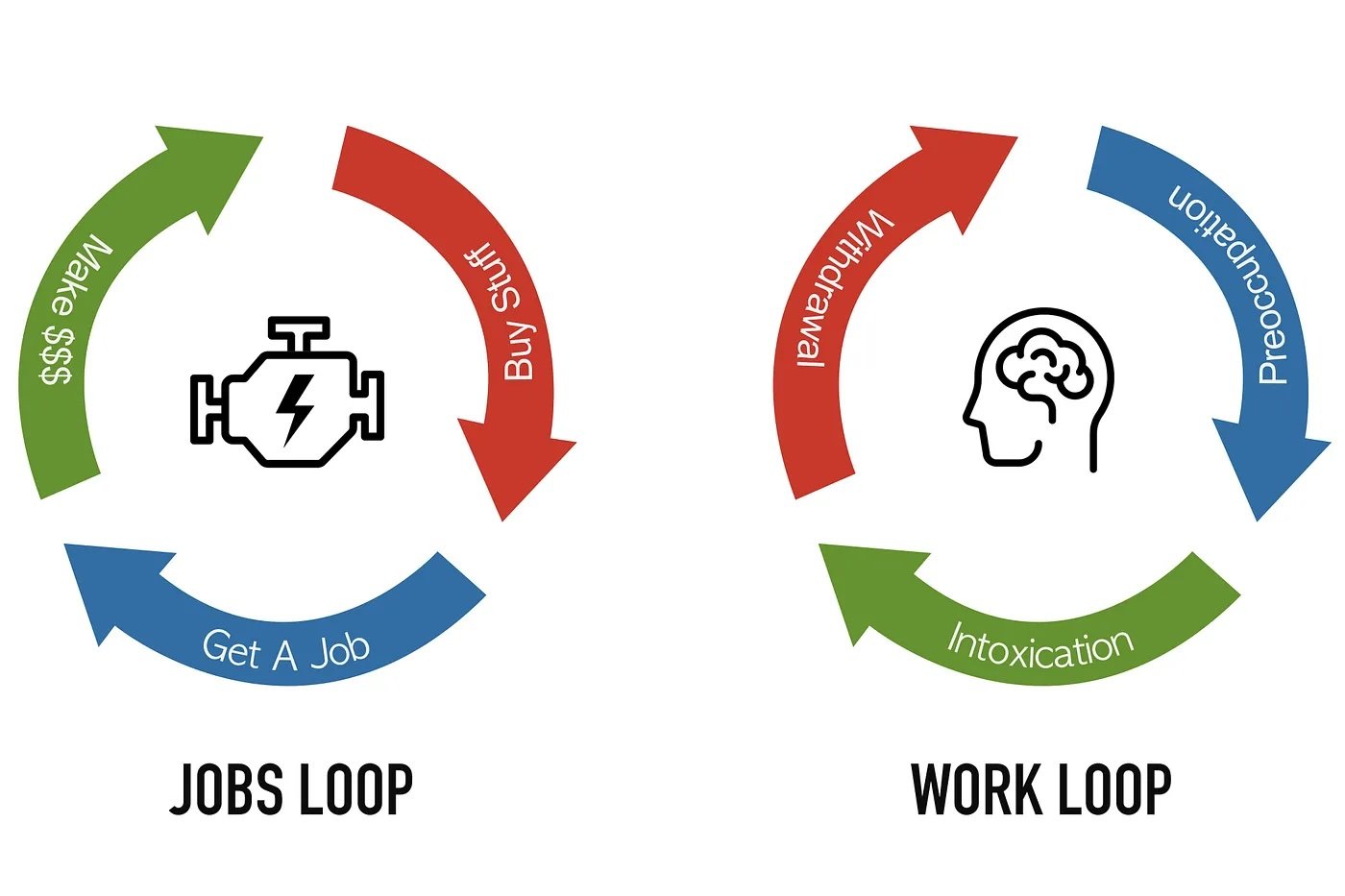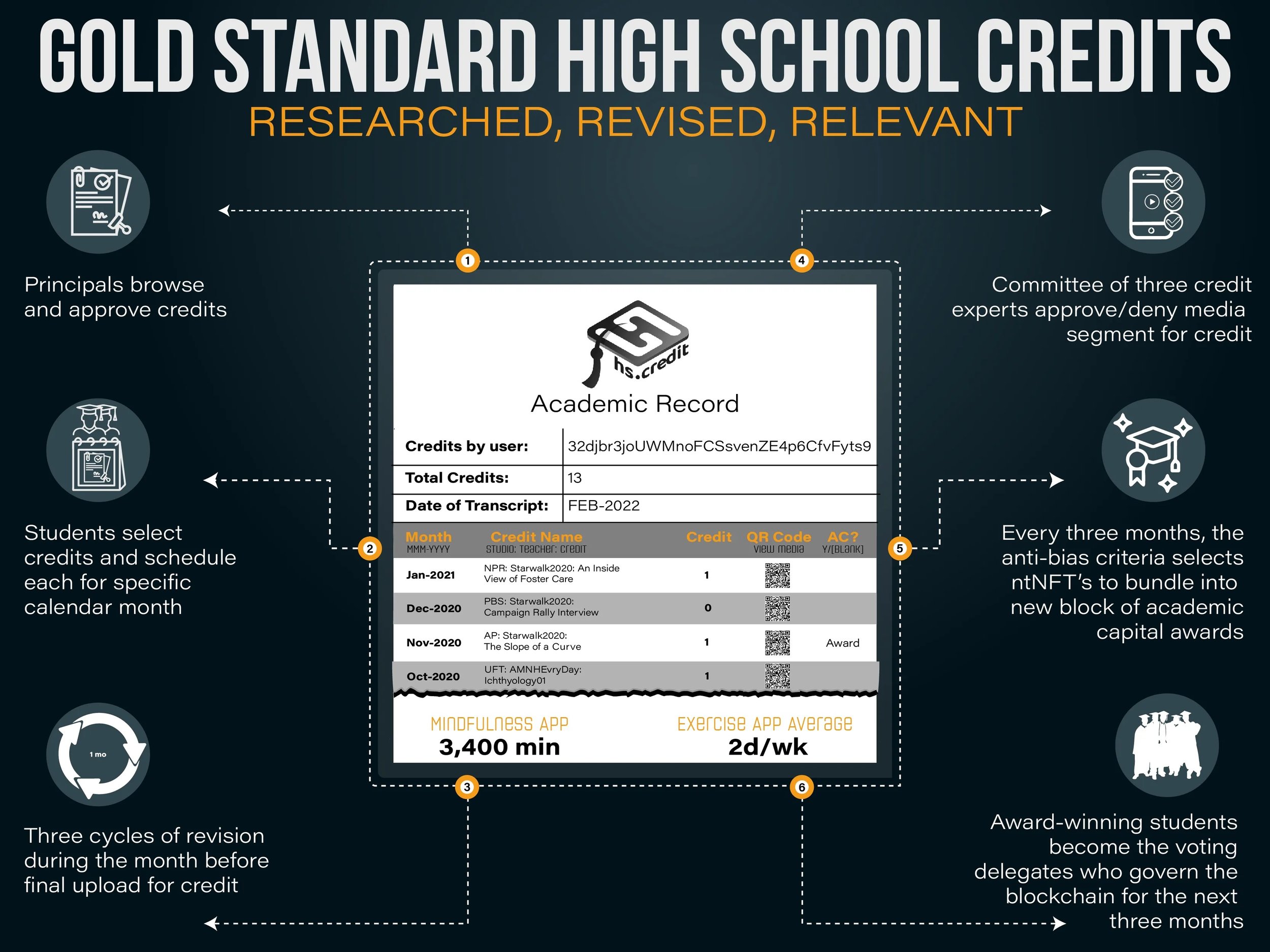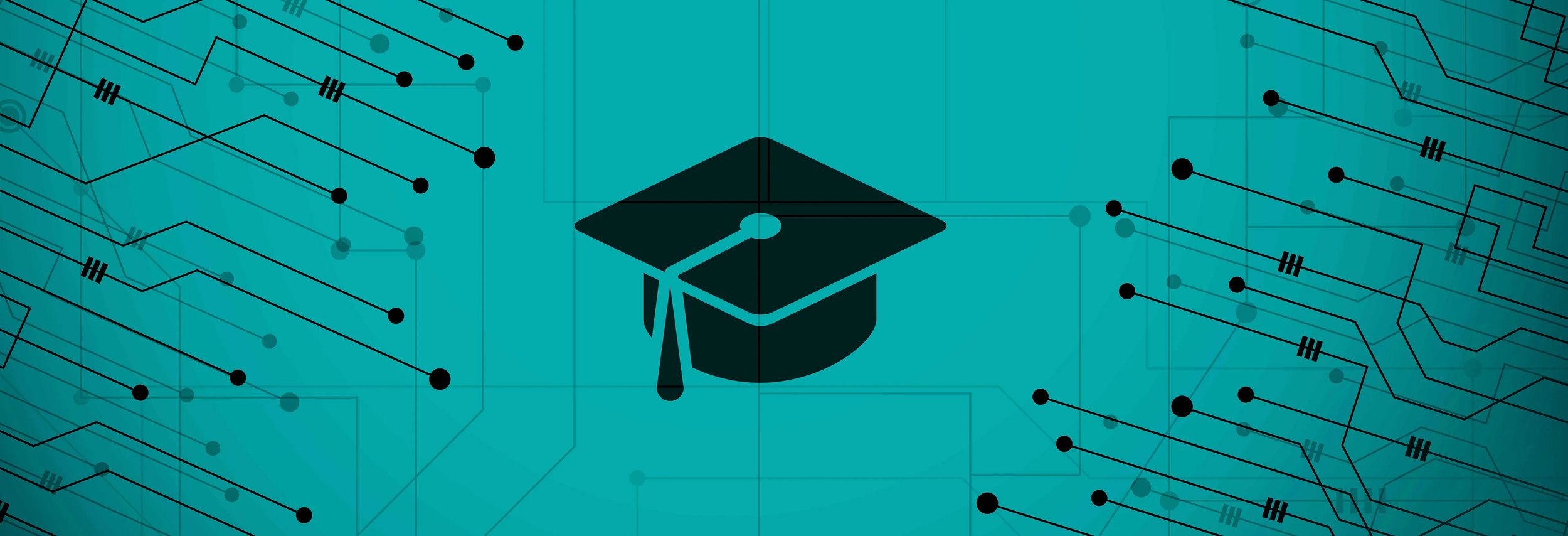Welcome to the hs.credit Blog
Explore the intersection of learning and technology. Discover new ways to empower students. Harness the potential of AI. Prepare for the first period of rapid edu evolution in 150 years.
Let's shape the future together.
Featured Posts
by date of
publication

Fediverse Rising
Tech giants threaten a centralized internet. The Fediverse, a decentralized network of interconnected platforms like Mastodon and Threads, offers a solution. It empowers users and communities, fostering a more open and democratic web. Challenges remain, but the passion of its advocates offers hope for a user-centric future.

Where Privilege Meets Purpose
Teens Take Charge showcased impressive student-led projects on internships and gentrification, highlighting the potential of youth to address societal issues. The event emphasized the need for platforms like hs.credit to empower students and promote authentic learning experiences.

hs.credit: Where Students Become Creators and Educators Become Curators
hs.credit is a platform for educators to design and publish project-based learning credits for high school students. Students create academic videos and audio content to earn credits, while educators get paid to evaluate their work. The platform aims to offer diverse and relevant topics not typically taught in schools, including finance, social media, and internships.

hs.credit: We “Arm the Rebellion” Against Standardized Testing
HS.CREDIT is a new platform that replaces standardized testing with student-created media projects, empowering students to engage in authentic learning and showcase their skills through monthly uploads. This initiative aims to shift education away from compliance-based learning towards student-centered, project-based learning that prepares students for the digital age.
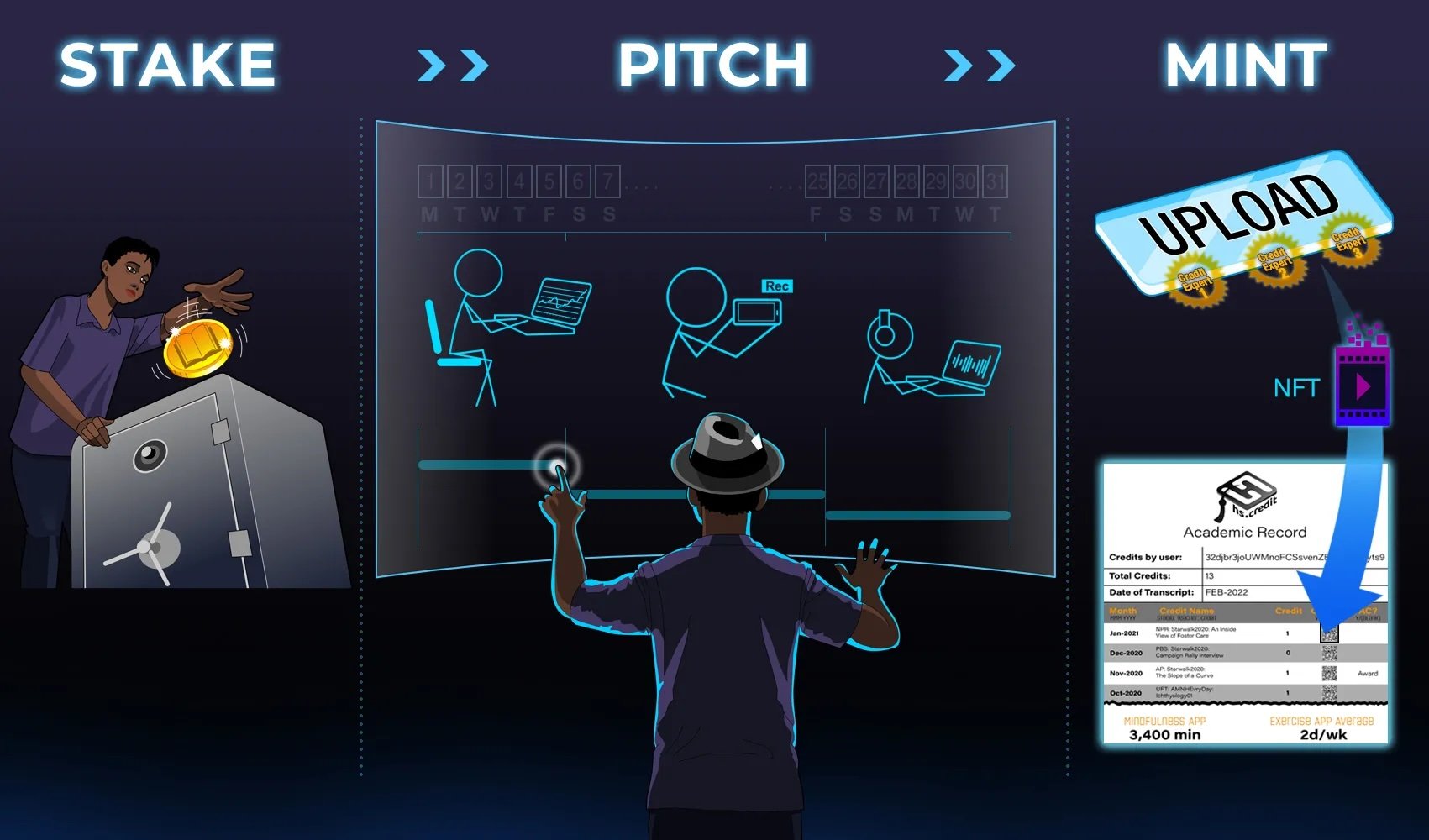
Staking, Pitching, Minting
Web1 brought us digital content publishing with websites and hyperlinks (download). Web2 brought us digital content sharing with social media (download+upload). Web3 brings us digital content ownership with blockchain (download+upload+property). HS.CREDIT, a Web3 app, brings us student ownership of learning in a three step process: STAKE, PITCH, MINT.
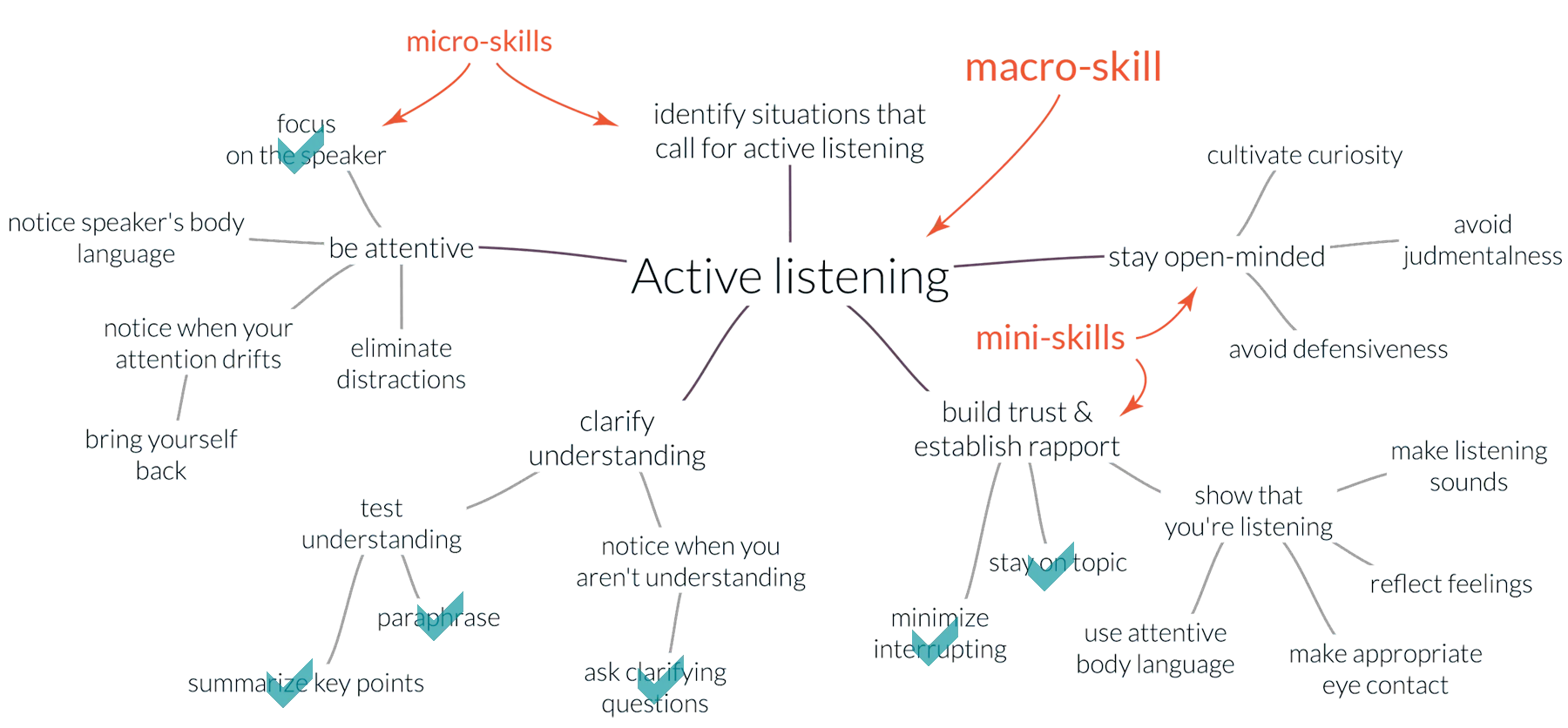
Gold Standard Credits: A New Model for Student Achievement
This is an article about using skill maps to improve decision-making. It discusses how to identify macro and micro-skills from skill assessments. You can then use this information to create a plan to practice specific skills. By focusing on micro-skills and practicing them in context, you can gradually improve your overall skillset.

Hyper-Local Journalism and the Future of High School
The article proposes a radical shift in high school education, advocating for the replacement of standardized tests with project-based learning focused on creating podcasts and videos. This approach aims to foster critical thinking, community engagement, and real-world skills. By leveraging technology and incentivizing quality content creation, the author envisions a decentralized system where students earn credits through verified work products, empowering them and redefining academic achievement. The article highlights the potential for this model to revitalize education, fill gaps in local journalism, and create a more equitable and engaging learning environment for all students.

Beyond the High School Diploma
TL:DR: Credits remain meaningful at individual high schools with strong reputations. Many high schools do an excellent job of ensuring value in their credit awards. It follows that academic reputation is a key derivative market of academic capital, measured in endorsements from top universities and trusted third parties such as The College Board or Harvard University.
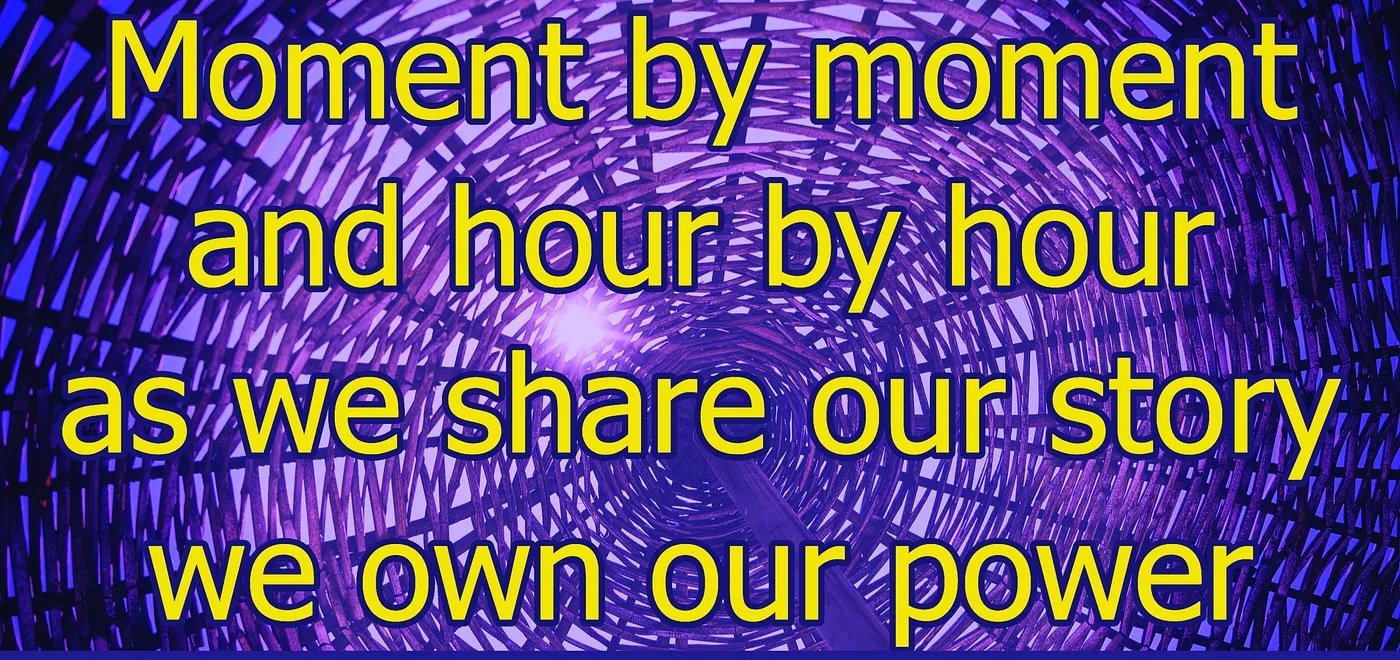
Academic Credits as Digital Gates
In digital native academic settings students will interact with the world around them, using their smartphones to record primary sources rather than consuming academic content controlled by the major publishers and testing conglomerates. Students learn to invest their attention with intention, building work ethic, frustration tolerance, and maker skills, not to mention gaining an experience of how digital economics allow us to convert sweat equity (focused attention) into an investment in new forms of capital.


